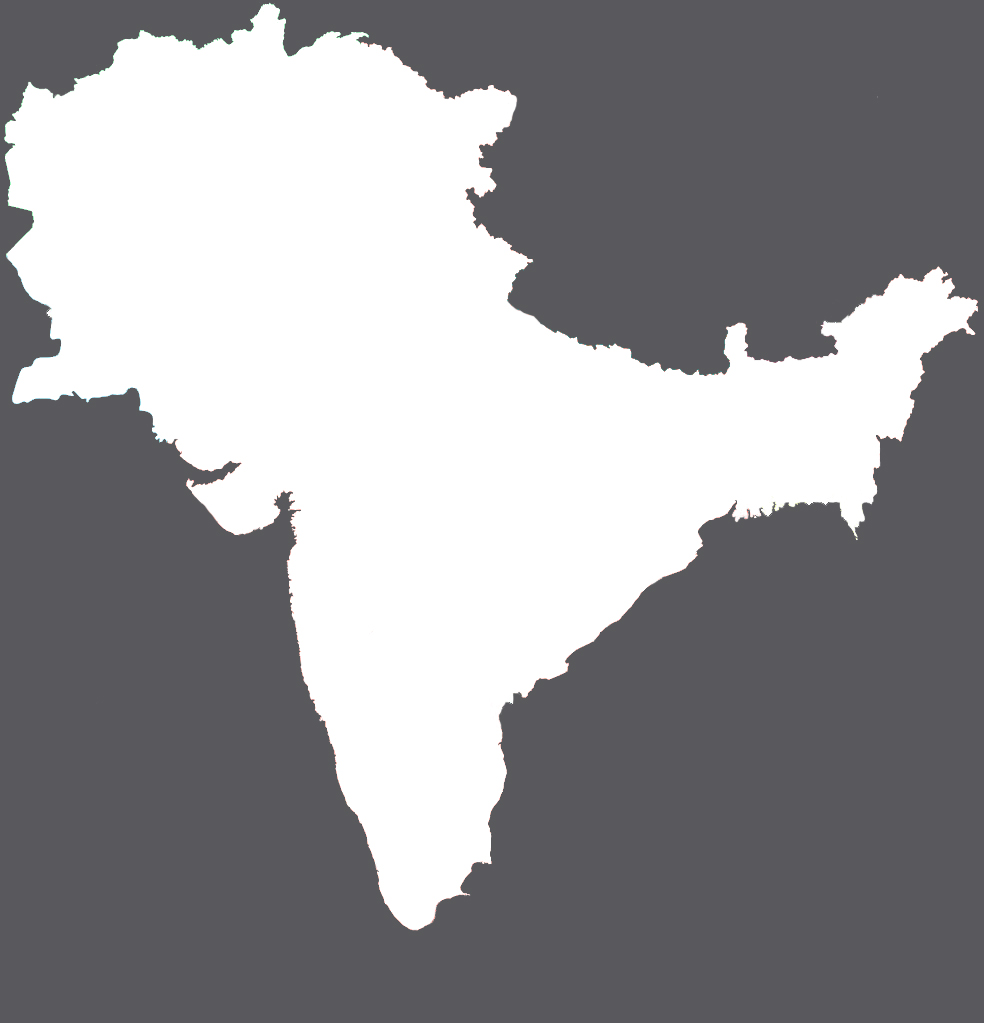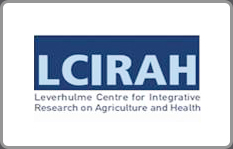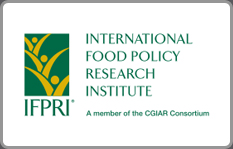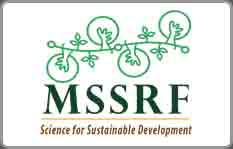Mapping of Policies Related to Fruits and Vegetables Accessibility in India
Multiple forms of malnutrition (MOM) are a public health concern that requires strong and collaborative policy action. One common thread across MOM is inadequate consumption of fruits and vegetables (FV). An underlying reason is inadequate supply that manifests as problems in accessibility. Using India as a case study, our aim was to understand how the FV supply-chain functions, to identify related policies that affect it and to explore opportunities for strengthening existing policies and creating new ones to improve FV accessibility. We conducted an online search in publicly-available databases to identify key FV supply-chain policy documents and prepared a sector-wise list. Stakeholder interviews in nutrition, agriculture, public health and economic sectors were conducted to verify/populate the same. We identified 29 policies and conducted 55 interviews. The FV supply policy needs to focus on collaboration and coherence of various stakeholders. State governments’ clout and their discretionary powers played a major role in deciding the focus of each policy. An increment in government’s att`ention to this sector was noted but challenges like inter-ministerial coordination, prioritization, and duplication were also identified. Scaling-up existing policy environment with the inclusion of nutrition as a priority may increase accessibility of FV.







